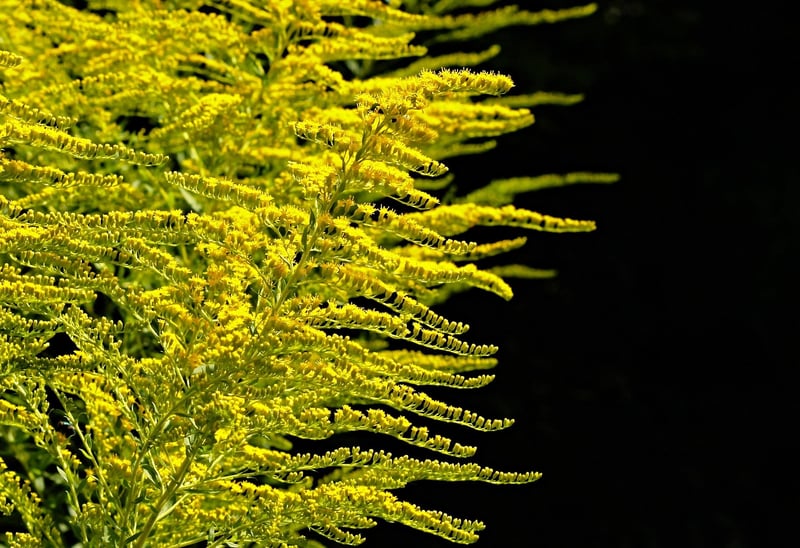Bee-Friendly Plants
Attracting Wildlife to Urban Spaces with Bee-Friendly Plants

Urban areas, often dominated by concrete and buildings, can seem like barren landscapes to wildlife. However, with a little effort and the right plants, you can transform your urban space into a haven for birds, bees, butterflies, and other beneficial creatures. One way to achieve this is by planting bee-friendly plants that not only attract bees but also support a healthy ecosystem.
Benefits of Attracting Wildlife to Urban Spaces:
- Increased biodiversity
- Pollination of plants
- Natural pest control
- Education and awareness
- Overall well-being and connection to nature
Bee-Friendly Plants for Urban Gardens:
Bees play a crucial role in pollinating plants, including many of our food crops. By planting bee-friendly plants, you can help support bee populations and create a vibrant urban garden. Here are some bee-friendly plants to consider:
- Lavender
- Wildflowers
- Sunflowers
- Herbs like thyme, rosemary, and mint
- Bee balm
- Coneflowers
- Black-eyed Susans
- Borage
These plants not only attract bees but also add beauty and color to your urban space. They are generally easy to grow and maintain, making them perfect for both novice and experienced gardeners.
Tips for Creating a Wildlife-Friendly Urban Garden:
- Choose a variety of plants to attract different wildlife species.
- Provide water sources like birdbaths or shallow dishes.
- Minimize pesticide use to protect wildlife.
- Create shelter with birdhouses, bee hotels, or dense shrubs.
- Leave some areas of your garden untamed for natural habitat.
By incorporating these tips and planting bee-friendly plants, you can turn your urban space into a thriving ecosystem that benefits both wildlife and the environment.
Remember, small actions like planting a few bee-friendly plants can have a big impact on urban biodiversity and create a greener, more sustainable city for all.
